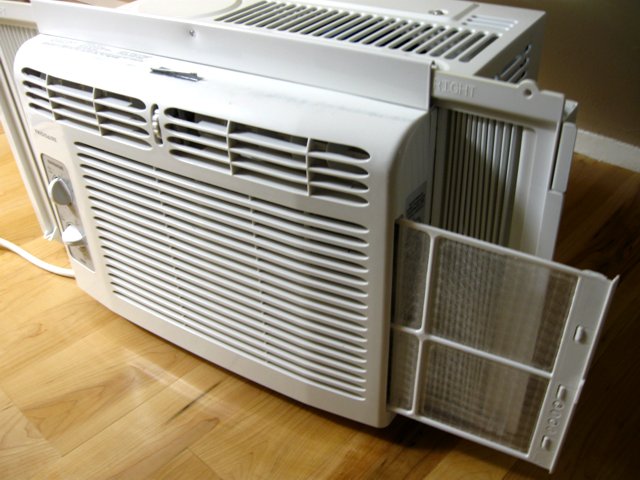Air conditioners: Installation tips
Last summer, Düsseldorf showed it right with temperatures of up to 40 °C: At such temperatures, air conditioning is very welcome. Even at average summer temperatures, ventilation rarely provides the desired cooling. But air conditioners don’t have the best reputation, they are considered power guzzlers and bacillus spinners. Is that true? And which air conditioner is the right one?
Düsseldorf in July 2015
The whole city is groaning under one of the biggest heat waves since weather records began. If you can’t cool off in an outdoor pool or swimming lake, you’d really like an Active Air Solutions Brisbane air conditioning system. They are now standard in our cars, but not in our own four walls. Temperatures above 30 °C are no longer a rarity here – especially in the city centre, where house facades and streets heat up and store the heat. And the next heat wave will certainly come.
First a few facts: The ideal feel-good temperature is around 22 °C with a relative humidity of 50 percent. Even at an outside temperature of 25 °C, more heat enters the room than one would like when ventilating. At 28 °C our efficiency is already reduced by a third, at 30 °C by half. An air conditioning system provides a remedy. But not all air conditioning systems are the same.
A basic distinction is made between mobile and permanently installed systems. The mode of operation is the same: a coolant is compressed by means of a compressor and thus liquefied. When it expands, it withdraws energy from the environment in the form of heat. The cooled air is released into the interior. When the refrigerant is compressed again, it releases the heat it has absorbed. This heat is dissipated outside. And the cycle starts all over again.
The monoblock – the quick solution
The mobile air conditioners, also known as monoblock units, are compact, practical and can be installed without great effort anywhere that is too hot for personal well-being. Such systems suck in the warm room air, cool it down and then release it back into the room. The warm air is discharged outside via a hose, either through a hole in the house wall or through a tilted window.
No matter how easy these devices may be to install, this is where their greatest weakness lies: the window gap for the exhaust hose can hardly be sealed properly; more warm air enters the interior. This not only reduces the cooling capacity, but also increases power consumption.
In addition, monoblock units are relatively noisy due to the built-in compressor, which virtually excludes night-time use in the bedroom. Are such appliances even recommendable then? That depends. With manageable acquisition costs, they are suitable for all those who only want to cool down on particularly hot days – especially if you take the energy-saving tips we’ll give you below to heart.
The split device – the built-in solution
As the name suggests, split units consist of an indoor and an outdoor unit and are considered more efficient than their mobile relatives. They are also suitable for larger rooms and longer periods of operation. The warm room air is sucked in through the inner part, cooled down and distributed back into the room.
The heat is dissipated to the outdoor unit via the coolant. This has several advantages: The fixed installation means that no new hot air enters the room and the system consumes less electricity. In addition, the compressor for the coolant is housed in the outdoor unit, which makes a split unit much quieter than a monoblock.
So far, so good: Split units consume less electricity, cool better and are quieter. If it weren’t for the installation. After all, you don’t just have to tilt a window here, you also have to accept major conversion work by a specialist. And if you live for rent, the landlord still has a word to say. In addition, split devices are many times more expensive than the mobile versions. But if you are not afraid of conversion or higher acquisition costs, a split device is the better choice.

Are air conditioning systems actually unhealthy?
In the warmest regions of the world, people often catch cold. This is because in hotels, shops and taxis, air conditioning is often set to temperatures that make penguins feel like poodles. Anyone who exaggerates with cooling risks a cold shock and thus a cold. In order not to turn an air conditioner into a cold trap, the difference between the set temperature and the outside temperature should not be more than 5 °C. This means that the temperature of the air conditioner can be reduced to a minimum. A pleasant side effect is that no more electricity is consumed than necessary.
In addition, air conditioners are notorious as bacillus spinners. However, this only applies if the unit and air filter are not cleaned regularly. In fact, the opposite is the case: air conditioning systems contribute to health. Because they filter germs and allergens out of the room air.




